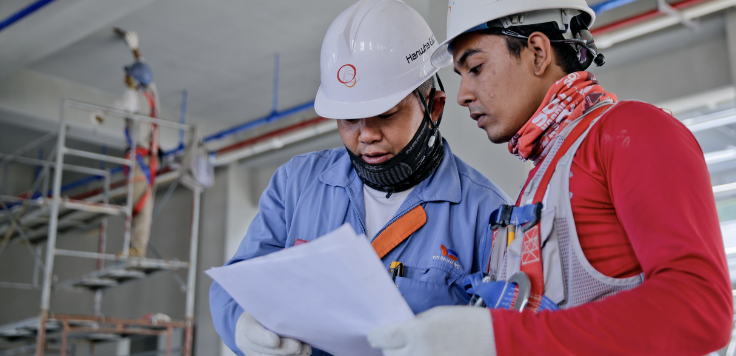
Construction Project Budgeting: 5 Hidden Costs

Construction project budgets typically include evident costs such as labor, materials, and equipment. However, many construction projects overlook integral hidden costs that are crucial for successful completion. These include insurance, bonds, vehicle expenses, technology, and overhead costs.
Including these costs in your project budget allows you to recoup the costs by charging your customer. Adding these costs to your budget will allow you to track your costs more accurately and increase profitability.
1. Insurance
Since most insurance premiums are based on the amount of revenue you have during the policy year, you should be including a portion of your premium in each project’s budget. The more work you do, the more potential exposure you have, so your premiums go up. Adding 1 to 2% to the cost of your project should cover your general liability premium in most cases. You’ll need to do the math to get an exact figure.
However, there are several costs affecting projects and are integral to completing work, but are often left off the budget. At the end of your policy year, you’ll be audited, and the insurance company will be looking at your total revenue. So, make sure you’ve included the additional insurance costs in your change order proposals.
2. Bonds
Most public works projects require the purchase of performance and payment bonds. These bonds help protect the project owner from unpaid bills and incomplete work. Premiums for these bonds can be added to your budget for each job.
Some projects may require other bonds, like maintenance,subdivision, or warranty bonds. You can also add such costs to the project budget and pass them on to your customer.
Don’t forget to add additional bond fees to change orders on bonded projects. Bond rates vary from about 1 to 3% of the contract value,depending on the type of work and the type of bond. The surety company will be requesting a final contract value at the end of the project and will be adjusting the premium accordingly.
3. Vehicle expenses
Expenses for vehicles used on the job are another important consideration within a project budget. The project budget should include the cost of supervisors who may be present at the same project for weeks or months, as they contribute to project expenses. Include costs for fuel and maintenance for equipment and passenger vehicles.
4. Technology
These days there’s lots of technology on every project. Workers have smartphones, tablets, computers, laptops, and printers. If utilized at the same project for an extended period, these assets are considered “job costs.” Remembering to include job costs to the budget could be a simple mistake that would result in large repercussions.
You can also capture the cost for project management software in your project budgets. Software is an asset that benefits each project,so the cost can be spread throughout active projects.
5. Overhead
Many companies categorize overhead, like office and administrative labor and office rent and utilities, as a business expense and do not try to include it in the project budget. The truth is without the project, there would be no need for some of the overhead. All taken into consideration, the costs can be allocated and distributed across the various projects as needed. This approach allows for a more accurate and equitable distribution of expenses. Most companies do this by allocating a percentage of overhead costs to each project. Accounting software can do this allocation for you, once you figure out how much, or you can do the calculation by hand.
Conclusion
Now that you know the hidden costs that you aren’t including in your construction project budgets, you can begin tracking them. You may be surprised at the amount of costs you aren’t capturing. This can eat into your profitability and cause cash flow issues. Capturing hidden costs and passing them on to your customer will increase your profitability and relieve cash flow headaches.










